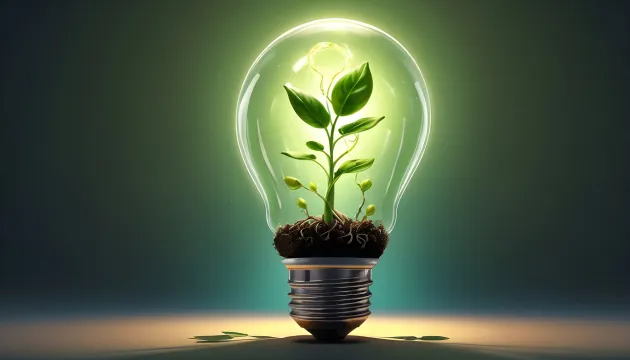The Children's Environmental Literacy Foundation (CELF) is a 501(c)(3) nonprofit organization founded in 2003 with the mission to make Education for Sustainability (EfS) an integral part of every child's K-12 learning experience. CELF engages educators, students and community leaders through award-winning programs that are designed to succeed in a wide range of education settings, including multi-day Summer Institutes, school professional development workshops, custom curriculum and instruction consulting, green career speaker series, and outdoor learning experiences. CELF's programs aim to help cultivate a society of global citizens with deep understanding of the dynamic interdependencies among human systems nested within natural systems, and the critical role education plays in cultivating healthy, equitable communities in a changing climate.



